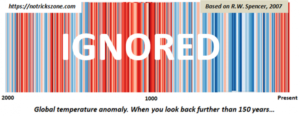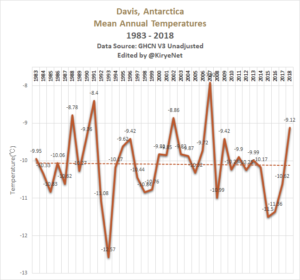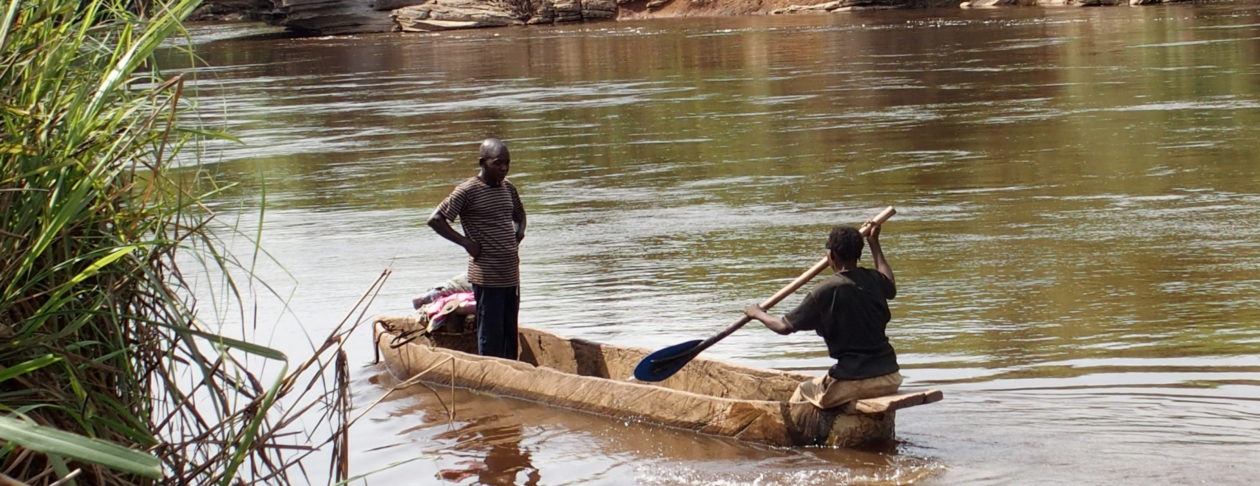by P. Gosselin, December 31, 2019 in NoTricksZone
2019 science: Absolutely no climate alarm
No alarm on every aspect: stable polar ice, normal sea level rise, no consensus, growing snow cover, less tropical storms, tornadoes, shrinking deserts, global greening, predictions wrong, models flawed, climate driven by sun, ocean cycles, biodiversity, warmer 1000 years ago…etc…

2019 saw a great amount of new science emerge showing that there’s nothing alarming or catastrophic about our climate.
Some 2019 scientific findings
Need to make a presentation showing there is no climate alarm? The following findings we reported on in 2019 will put many concerns to rest.
Hundreds of peer-reviewed papers ignored by media
What follows are some selected top science-based posts we published here at NoTricksZone in 2019. These new findings show there is absolutely no climate alarm.
Hundreds of new peer-reviewed papers, charts, findings, etc – which the IPCC, activists and media ignore and even conceal. No wonder they’ve gotten so shrill.
…
by Duke University, January 17, 2019 in ScienceDaily/Nature
Engineers at Duke University have devised a model that can predict the early mechanical behaviors and origins of an earthquake in multiple types of rock. The model provides new insights into unobservable phenomena that take place miles beneath the Earth’s surface under incredible pressures and temperatures, and could help researchers better predict earthquakes — or even, at least theoretically, attempt to stop them.
The results appear online on January 17 in the journal Nature Communications.
“Earthquakes originate along fault lines deep underground where extreme conditions can cause chemical reactions and phase transitions that affect the friction between rocks as they move against one another,” said Hadrien Rattez, a research scientist in civil and environmental engineering at Duke. “Our model is the first that can accurately reproduce how the amount of friction decreases as the speed of the rock slippage increases and all of these mechanical phenomena are unleashed.”
For three decades, researchers have built machines to simulate the conditions of a fault by pushing and twisting two discs of rock against one another. These experiments can reach pressures of up to 1450 pounds per square inch and speeds of one meter per second, which is the fastest underground rocks can travel. For a geological reference point, the Pacific tectonic plate moves at about 0.00000000073 meters per second.
…
Hadrien Rattez, Manolis Veveakis. Weak phases production and heat generation control fault friction during seismic slip. Nature Communications, 2020; 11 (1) DOI: 10.1038/s41467-019-14252-
by P. Gosselin, January 14, 2020 in NoTricksZone
The ice in Antarctica, how is it doing? Is it melting, is it growing? In the following we wishto present the latest literature on the subject. There is a lot to report.
Fasten your seat belt, there’s a lot to cover.
Let’s start with the temperature development because along with snowfall, this is the most important control factor for Antarctic inland ice.
At NoTricksZone, Kirye shows ten coastal stations of Antarctica. None have been warming over the past 10 years. An example follows:

And here’s the temperature development of the entire Antarctic according to UAH and RSS satellite measurements (from Climate4You, via NoTricksZone):
…
by James Murphy, January 16, 2020 in NewAmerican
With all of the pseudo-scientific propaganda being peddled about anthropogenic climate change, people sometimes forget that there are other, far more important drivers of the Earth’s climate than mankind’s carbon dioxide emissions. For example, that big ball of yellow light in the sky (aka the sun) has a huge effect on climate. And according to NASA, this year will mark the lowest level of solar activity in 200 years.
“Research now underway may have found a reliable new method to predict this solar activity. The Sun’s activity rises and falls in an 11-year cycle. The forecast for the next solar cycle says it will be the weakest of the last 200 years. The maximum of this next cycle — measured in terms of sunspot number, a standard measure of solar activity level — could be 30-50 percent lower than the most recent one. The results show that the next cycle will start in 2020 and reach its maximum in 2025.”
According to a growing number of scientists, the coming lower solar cycle — number 25 — may simply be a precursor to a period of prolonged solar minima such as the Maunder and Spörer minimums of the past millennium.
…

La géologie, une science plus que passionnante … et diverse



